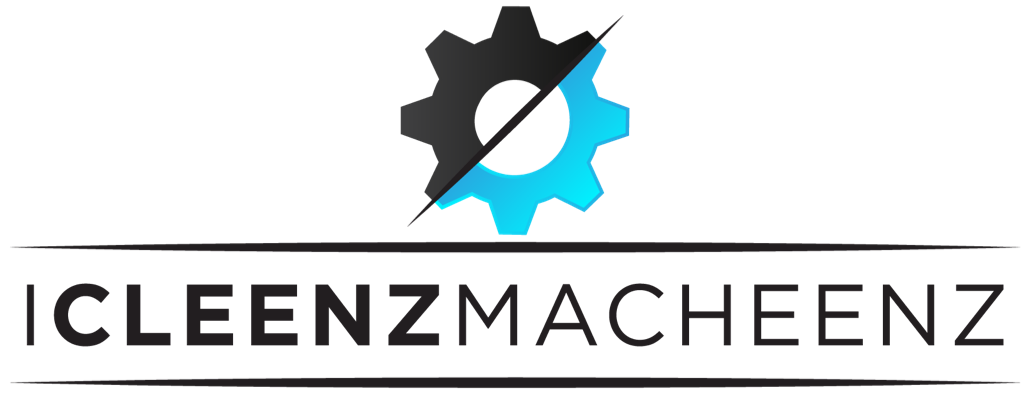Shot Blasting
Shot Blasting uses compressed air to blast certain types of media or shot at an item to remove any paint, corrosion, scale or other surface contaminants and leave an even finish. It is common for shot blasting to be followed by another process like Vapour Blasting, Paint Priming, Powder Coating, Plating and other types of surface treatment all of which can be done by us either in house, or by trusted affiliates.
At I Cleenz Macheenz we have two blasting cabinets and a blast room, with these three methods we can clean both small and larger items (our large blast room is approximately 2.4 x 1.7 x 2.3meters ) and tailor how gentle or aggressive the blasting is by changing the type of media or "shot" used.
Shot, Bead, and Dry Blasting are the same processes as what people commonly refer to as Sand Blasting, however blasting using sand is banned in many countries including the UK and therefore not performed by I Cleenz Macheenz. The wide range of media used by us instead allow for a more bespoke, safe and environmentally friendly service.

